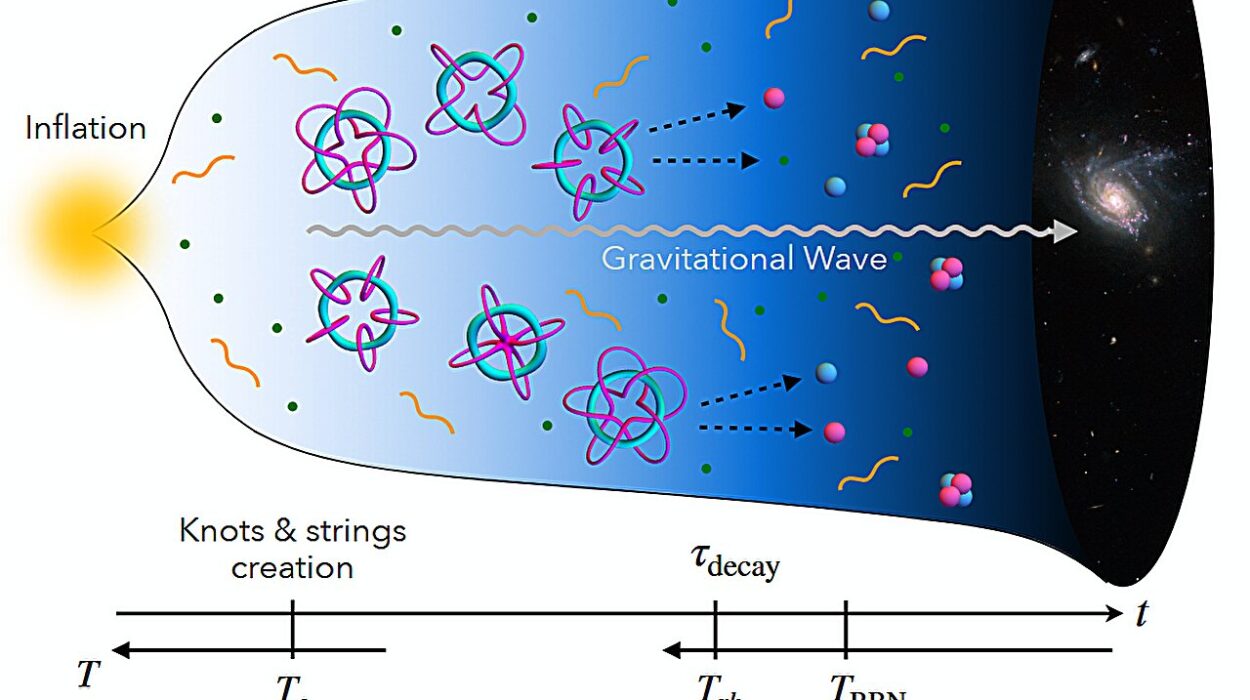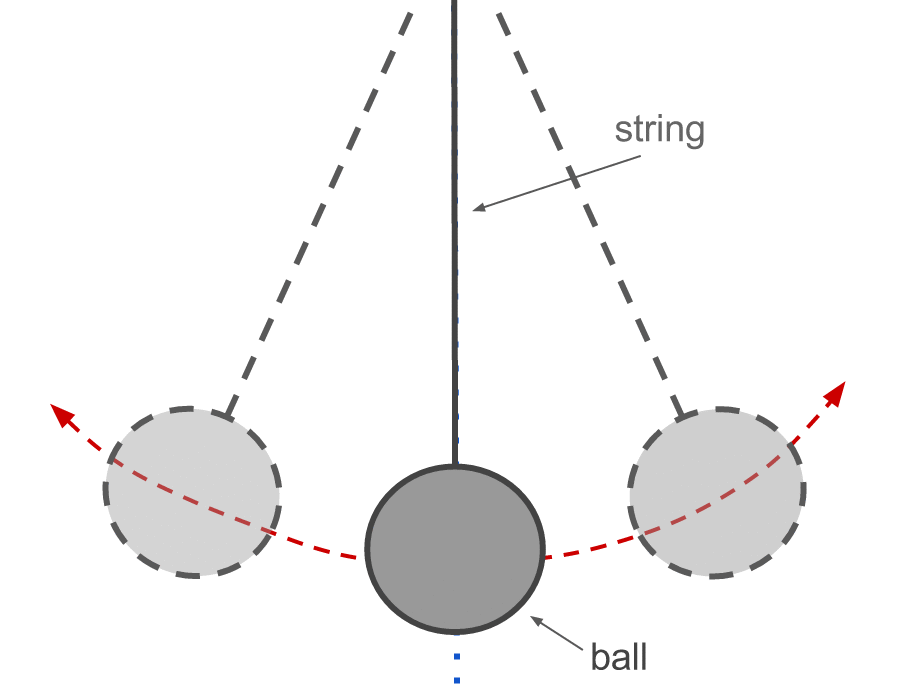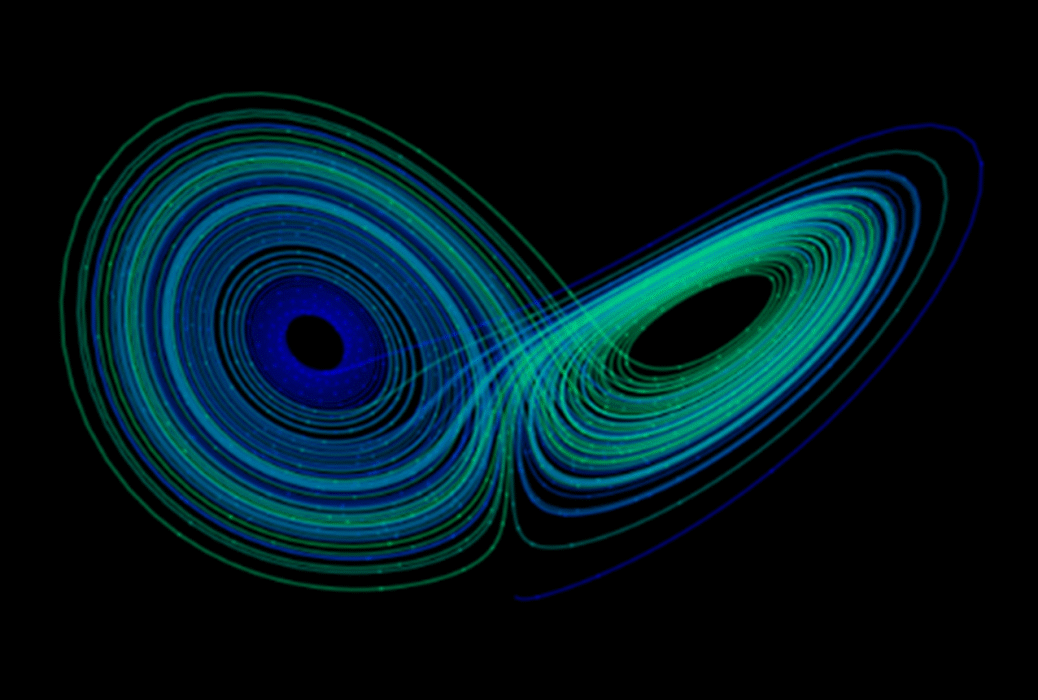From the moment you push a book across a table or feel the sudden jolt of a car stopping, you’re experiencing a fundamental principle of nature: inertia. But what exactly is inertia, and why do objects seem so stubborn, resisting changes in their state of motion? At first glance, it might seem obvious—things just don’t like to move or stop moving. But when you dive deeper into the physics behind inertia, you uncover a profound concept that underpins not only classical mechanics but also the very structure of the universe.
Inertia is more than just a scientific term; it’s a principle that governs everything from the orbit of planets to the behavior of particles at the smallest scales. It’s the reason why seatbelts save lives and why astronauts float inside spacecraft. It even shapes philosophical ideas about change and stability. In this article, we will unravel the concept of inertia, explore its origins, examine why objects resist change, and discover how this seemingly simple idea reveals the elegant laws of motion that govern our world.
The Origins of Inertia: A Historical Journey
The concept of inertia didn’t spring into existence fully formed. For centuries, philosophers and scientists wrestled with ideas about motion and rest. In ancient times, Aristotle’s views dominated thinking: he believed that a force was necessary to keep an object moving, and without it, motion would cease. This made intuitive sense at the time—when you slide a book, it eventually stops. Aristotle thought this meant objects naturally come to rest unless continuously pushed.
But this explanation had flaws. It couldn’t account for the motion of celestial bodies, like the Moon or planets, which seemed to move perpetually without a force acting upon them. This puzzle lingered for centuries until the Renaissance, when thinkers like Galileo Galilei and later Isaac Newton revolutionized our understanding.
Galileo introduced the idea that an object in motion remains in motion unless acted upon by an external force—a radical departure from Aristotle. He imagined a frictionless world where a ball rolling on a perfectly smooth surface would never stop. This insight laid the groundwork for Newton’s First Law of Motion, sometimes called the Law of Inertia. Newton’s law formalized the idea that inertia is the property of matter resisting changes to its motion.
Defining Inertia: The Reluctance to Change
Inertia can be defined simply as the tendency of an object to resist any change in its velocity. Velocity here means both speed and direction. If something is at rest, it “wants” to stay at rest. If something is moving, it “wants” to keep moving at the same speed and in the same direction. This resistance is not due to a force itself but is an inherent property of matter.
Think of inertia as the stubbornness of matter. It is not a force pulling or pushing but a quality that determines how much effort is required to change an object’s motion. The more inertia an object has, the harder it is to start moving if it’s at rest or to stop/change direction if it’s already moving.
The amount of inertia an object possesses depends on its mass. Mass measures how much matter is inside an object, and more mass means more inertia. A heavy bowling ball resists motion changes far more than a light tennis ball.
Why Does Inertia Exist? The Nature of Mass
The deep reason why objects have inertia is tied to mass, a fundamental property of matter. Mass is more than just weight; it is a measure of an object’s resistance to acceleration when a force is applied.
Imagine pushing a shopping cart. An empty cart moves easily, but a fully loaded one resists your push. The difference comes from the mass, which quantifies inertia. Physicists understand mass as a measure of how much “stuff” or matter an object contains, but it also encapsulates an object’s inherent stubbornness against change.
Mass has two important roles in physics: inertial mass, which determines how much an object resists acceleration, and gravitational mass, which determines how an object attracts or is attracted by other masses. Remarkably, experiments have shown these two are equal, a fact that underpins Einstein’s theory of general relativity.
At a microscopic level, mass and thus inertia arise from the fundamental particles and fields that compose matter. The Higgs mechanism, a breakthrough in particle physics, explains how some fundamental particles gain mass and therefore inertia through interactions with the Higgs field. This illustrates that inertia isn’t just a classical concept but is deeply rooted in the fabric of the universe.
Everyday Experiences of Inertia: From Car Rides to Space Flights
Inertia is a concept we experience daily, often without thinking about it. The jolting sensation you feel when a car suddenly accelerates or brakes is due to your body’s inertia resisting the change in motion. Your body wants to keep moving at the speed it was going, but the car’s change forces you to move differently, resulting in that unmistakable push or pull.
Seat belts are crucial safety devices because they counteract inertia. Without a seatbelt, if a car stops abruptly, your body would continue moving forward at the original speed, leading to injury. The belt applies a force to change your motion safely.
Another common example is riding a bus or a train. When the vehicle starts or stops, passengers instinctively hold on or brace themselves, reacting to inertia’s pull. This resistance to change is universal for all objects with mass.
In space, inertia takes on a different character. Because there is virtually no air resistance or friction, once a spacecraft is set in motion, it will continue indefinitely in that direction unless acted upon by another force. Astronauts floating inside the International Space Station are essentially in a state of continuous free-fall, where inertia and gravity balance perfectly.
Newton’s First Law: The Formal Statement of Inertia
The law of inertia is enshrined in Newton’s First Law of Motion, which states that an object will remain at rest or move at a constant velocity in a straight line unless acted upon by an external force. This law is the foundation of classical mechanics and fundamentally changed how humans understand motion.
Before Newton, it was assumed motion required a force to sustain it. After Newton, scientists realized force was needed only to change motion. If no net force acts, motion remains unchanged.
This simple principle explains much about the physical world. When you throw a ball, it moves forward because of inertia; it won’t stop unless forces like air resistance or gravity act on it. In a frictionless environment, the ball would travel forever.
Newton’s First Law also introduces the idea of an inertial frame of reference—any frame moving at constant velocity where the law holds true. Understanding this was crucial for developing physics as a science, paving the way for later advancements like Einstein’s relativity.
The Relationship Between Inertia and Force: Newton’s Second Law
While inertia describes resistance to change in motion, Newton’s Second Law quantifies how much force is needed to change it. The law states that the force acting on an object equals the mass of the object multiplied by its acceleration (F = ma).
Here, acceleration is the change in velocity over time, meaning the rate at which an object speeds up, slows down, or changes direction. Mass acts as a measure of inertia; greater mass means more force is required for the same acceleration.
In everyday terms, pushing a heavy object requires more effort than pushing a light one. This is inertia in action: mass resists acceleration, and the applied force must overcome this resistance to create motion change.
Together, Newton’s first two laws provide a complete framework for understanding motion. Inertia explains the tendency to maintain current velocity, and the second law describes how forces produce acceleration.
Inertia Beyond Classical Mechanics: Relativity and Quantum Insights
While classical physics offers a robust explanation of inertia, modern physics has deepened our understanding of this property in surprising ways. Einstein’s theory of relativity redefined concepts of space, time, and motion, showing that inertia is tied to spacetime itself.
In special relativity, an object’s mass increases as it approaches the speed of light, meaning its inertia grows without bound, preventing it from reaching or exceeding light speed. This ties inertia to the ultimate speed limit of the universe.
General relativity further ties inertia to gravity and the curvature of spacetime. The principle of equivalence shows that inertial mass and gravitational mass are the same, implying that inertia is connected to the geometry of the cosmos.
In the quantum realm, the origins of mass and thus inertia are explained by interactions with fundamental fields, as mentioned earlier with the Higgs mechanism. This shows that inertia is not just a classical property but woven into the quantum fabric of reality.
Philosophical Reflections: Why Do Things Resist Change?
Inertia is not just a physical concept; it invites philosophical reflection on the nature of change and stability. Why does matter resist change? What does this tell us about the universe?
Philosophically, inertia represents a principle of persistence and identity. Objects maintain their state unless disturbed, suggesting a universe that values continuity. This principle underlies not only motion but also ideas about causality, time, and existence.
Throughout history, thinkers have pondered why change happens only when forced and why systems tend to remain stable. Inertia provides a physical basis for these ideas and challenges us to think about how forces of change operate in nature and society.
The Role of Friction and Real-World Complications
In the idealized world of physics, inertia implies an object in motion never stops without an external force. But in reality, friction and air resistance constantly act on moving objects, slowing them down and eventually bringing them to rest.
Friction arises from microscopic interactions between surfaces and transforms kinetic energy into heat, acting as an external force against motion. This is why a rolling ball eventually stops on Earth but would keep moving in space.
Understanding inertia requires recognizing these real-world forces. The resistance to motion change is intrinsic (mass), but observed motion changes often result from external influences like friction or gravity.
Applications of Inertia in Technology and Engineering
Inertia plays a vital role in many technologies and engineering solutions. Gyroscopes, which rely on inertia to maintain orientation, are essential in navigation systems for planes, ships, and spacecraft.
Automobile safety features such as airbags and anti-lock brakes are designed with inertia in mind, protecting passengers by managing sudden changes in motion.
Inertia is also crucial in designing stable buildings and bridges, which must withstand forces like wind and earthquakes without catastrophic motion changes.
Even in sports, athletes learn to use inertia to optimize motion, whether in swinging a bat or maintaining balance on a skateboard.
Conclusion: Inertia as the Pulse of the Physical Universe
Inertia is more than an abstract physical property. It is the pulse that keeps the universe in motion—or in rest. It governs everything from tiny atoms to massive stars, ensuring that change requires effort and energy. It links classical mechanics with modern physics, providing a bridge between everyday experience and cosmic reality.
Understanding inertia enriches our appreciation of the natural world and our place within it. It reveals a universe that balances change and stability, motion and rest, the constant and the variable. By exploring why objects resist change, we uncover not just a law of physics but a profound truth about persistence, identity, and the forces shaping existence.
Inertia, therefore, is not just a principle of matter. It is a metaphor for life itself, reminding us that all change requires a push, all movement requires a cause, and stability is the foundation upon which the dance of the cosmos unfolds.






